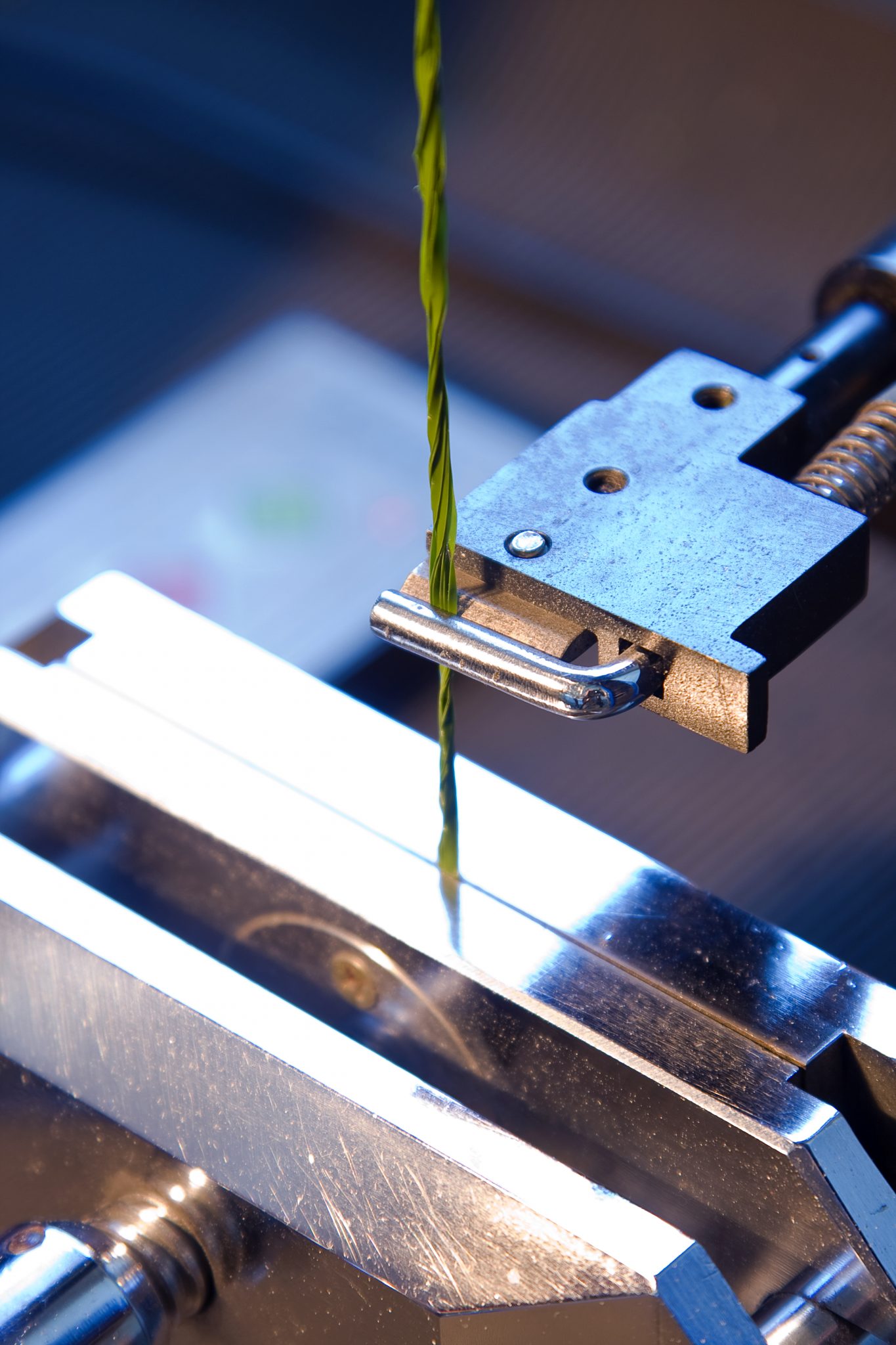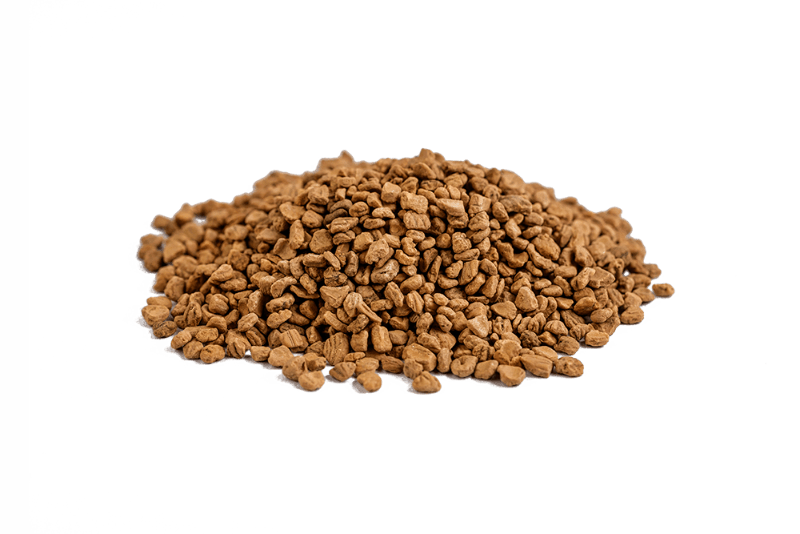Understanding durability in synthetic turf
- 11/05/2020
Not that long ago, when monofilament yarns for artificial grass were first tested, reaching 10,000 cycles on the industry’s wear test apparatus, was cause to celebrate. This was proof that the yarn used in synthetic turf was durable and it gave a producer a selling edge. Since then manufacturing techniques, equipment and raw materials have improved and it is not uncommon for better quality fibres to reach over 300,000 cycles, in the same test conditions.
Does that mean one yarn is better than another? In terms of durability, yes. But not necessarily in how it performs. A yarn can be highly durable, resistant to wear, yet be too stiff and therefore abrasive, or too soft and therefore not be resilient – able to stay upright. This means that the durability of a fibre needs to be considered alongside these two other, key factors – feel and resilience.
There are five key factors that will contribute to a yarn’s durability:
- Polymer – the difference between a C4 polymer and C8 polymer is significant. Both can feature in very durable yarn, but C8 has the added benefits of a softer feel.
- Thickness – generally a thin yarn is liable to wear quicker than a thick yarn, although a thinner yarn with C8 polymer may outlast a thicker yarn with C4 polymer.
- Shape – there are many different profiles, leading to different benefits, but diamond shaped yarns are generally considered the strongest, as they do not have the same weaknesses as perhaps a rib yarn has.
- UV inhibitors – most high quality sports yarns have sufficient UV inhibitors added during extrusion, to ensure they are resistant in the worst UV areas in the world. But, get this wrong, and quickly a yarn can become brittle and break.
- Production technique – a twist here, a stretch there and suddenly a yarn becomes stronger and therefore more resilient. Often this depends on the skill of the extrusion company and the equipment that is used.
Each synthetic turf that meets FIFA’s Quality standards is tested to meet minimum wear standards; to prove its durability. Most high-quality yarns will exceed these standards, but other influences come into play once the yarn is tufted. This could relate to the density of the yarn and the infill used.
Sand, for example, is an abrasive material – just think how sandpaper feels. When added into a 3G surface, it lines the bottom of the pile, and rarely moves, which negates the abrasion. On top, the performance infill is applied, and this is generally smooth, rounded and softer – think rubber granules or cork. Not abrasive in the slightest. However, there is a growing market for football turf that only has sand infill. Here there may be an additional concern for wear, as the sand can rub against the fibre and attack its durability.
The same is true with some abrasive “natural” infill material, such as ground-up olive stones.
Another factor to consider is how a pitch is maintained. Over brushing can damage weaker fibres, whereas more durable fibres will respond better. This in turn leads to the pitch performing better for a longer time, thereby increasing the value of the turf.
Often the length of a surface warranty is increased from 5 years to 8 years for a more durable yarn. The best yarns, such as Superb from CCGrass are so durable that warranties can be increased to 12 years, for full size pitches.
For more information please contact us on support@ccgrasseurope.com






